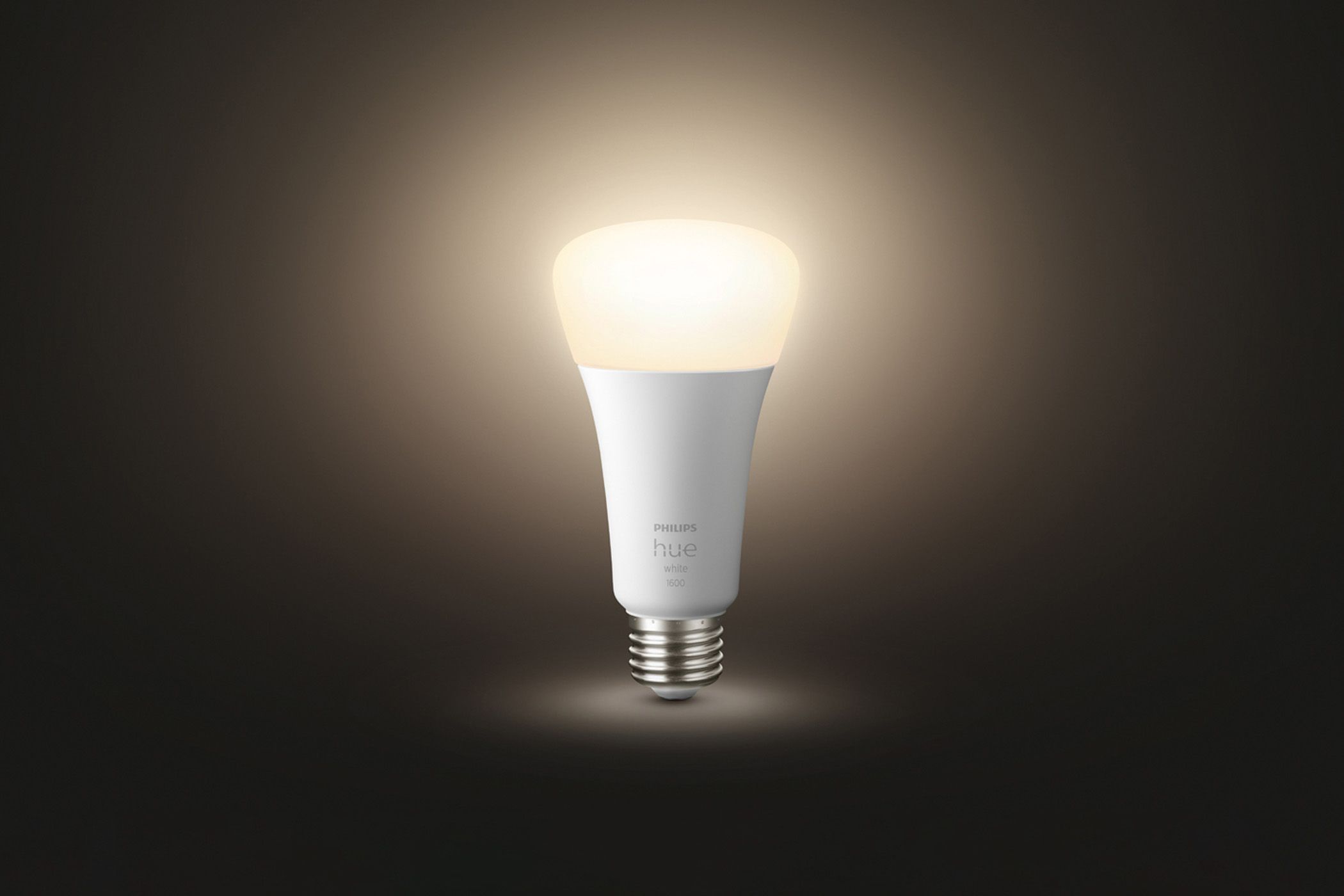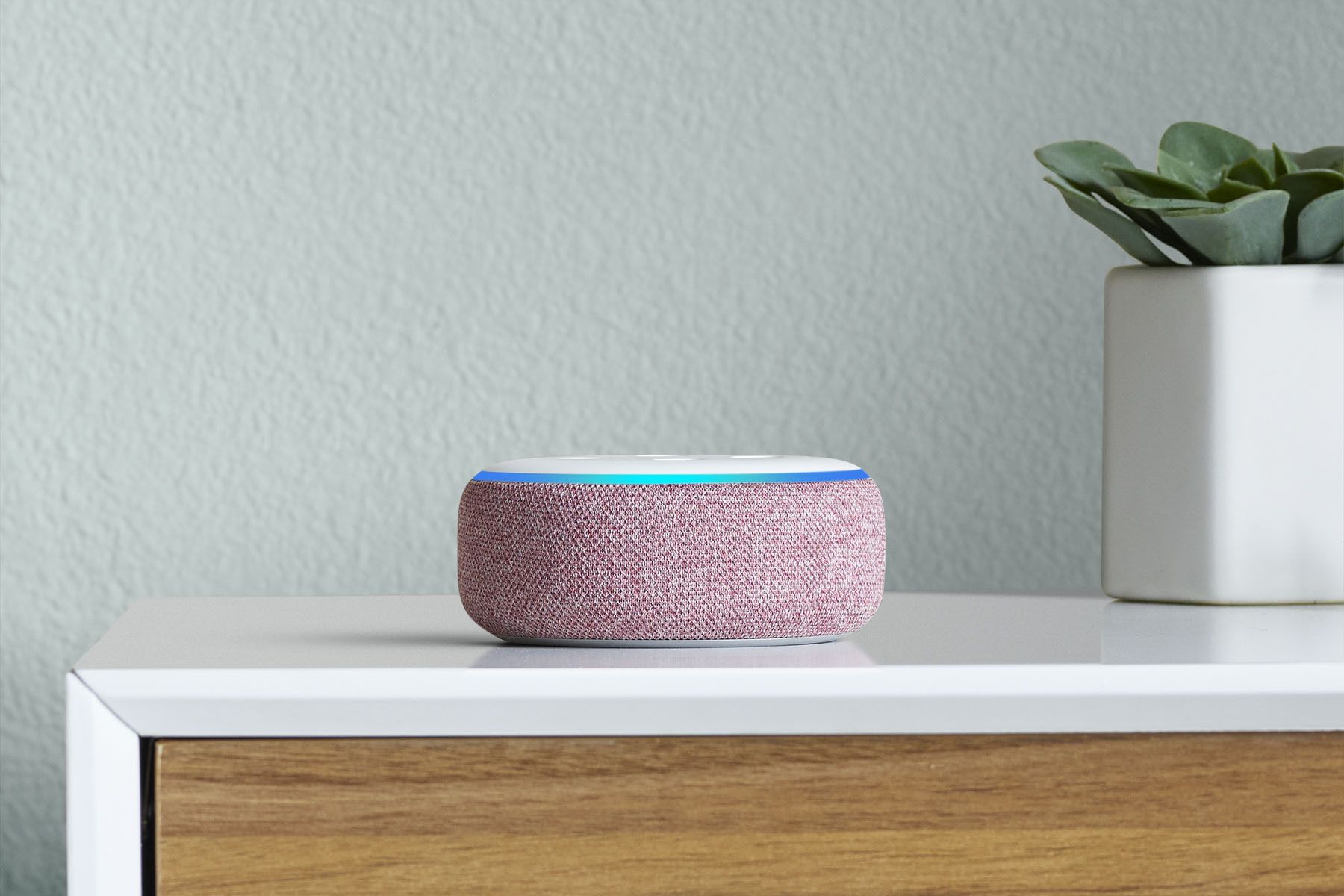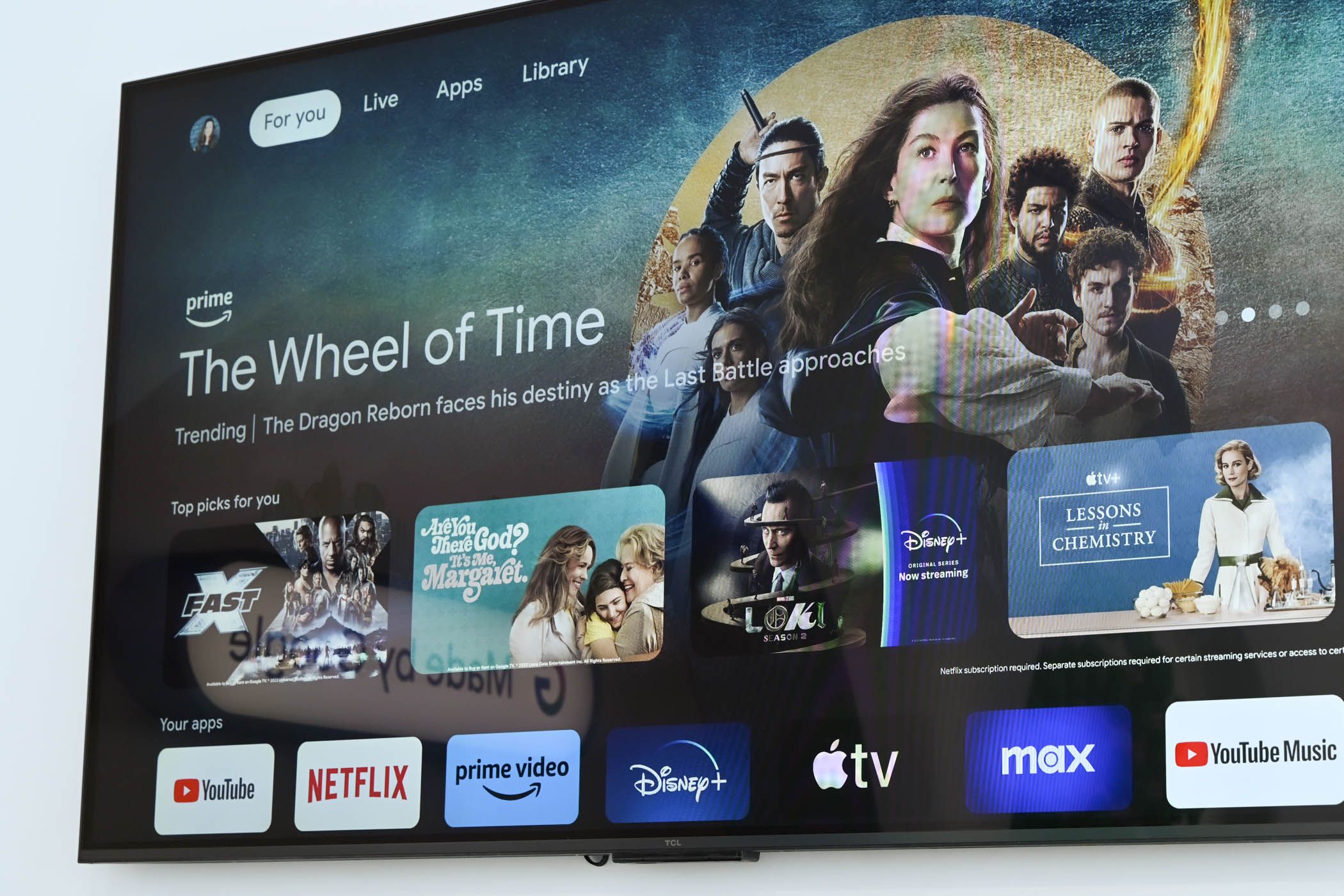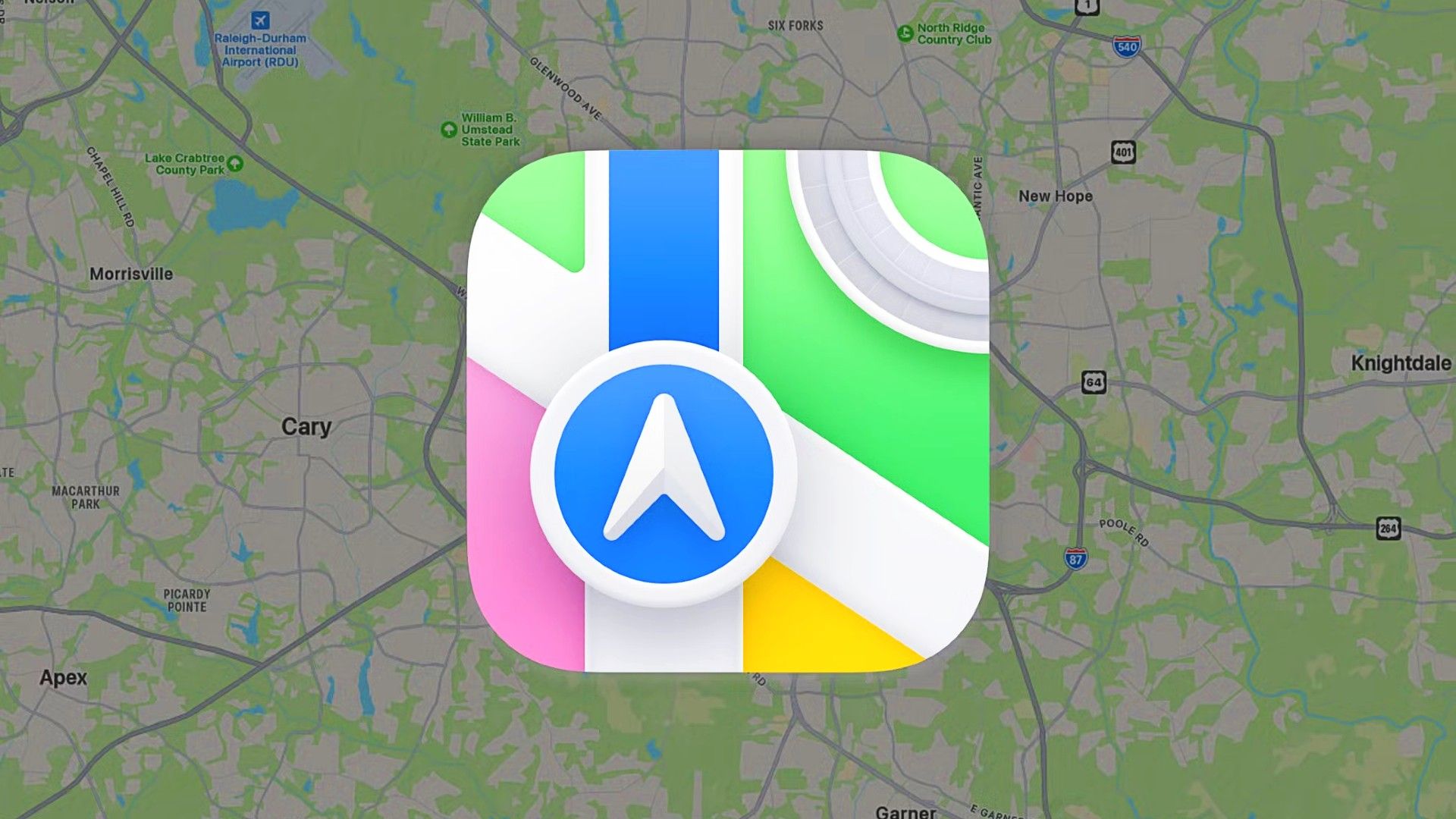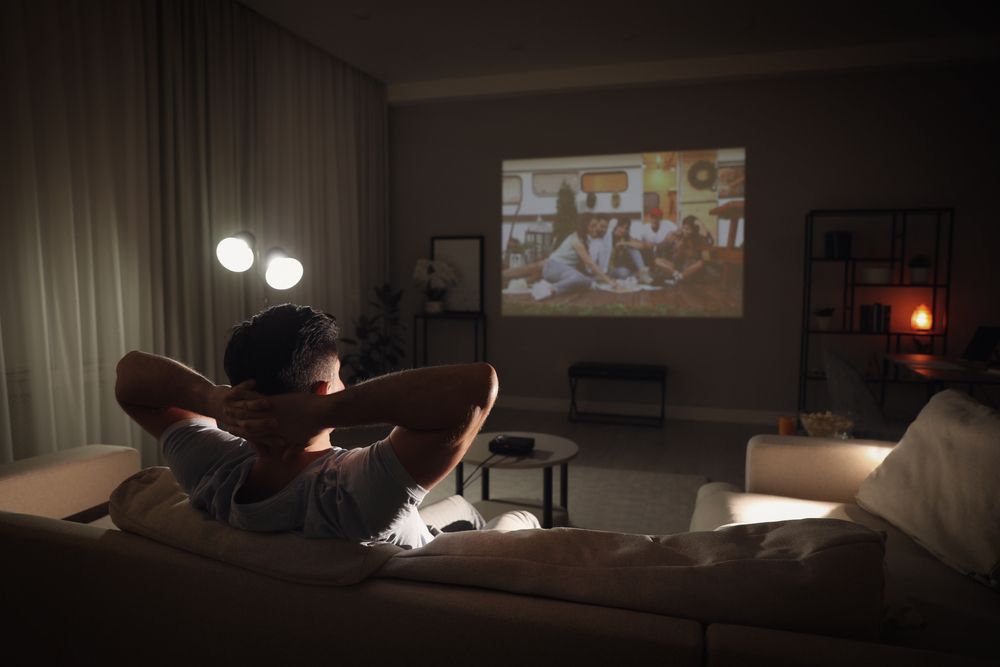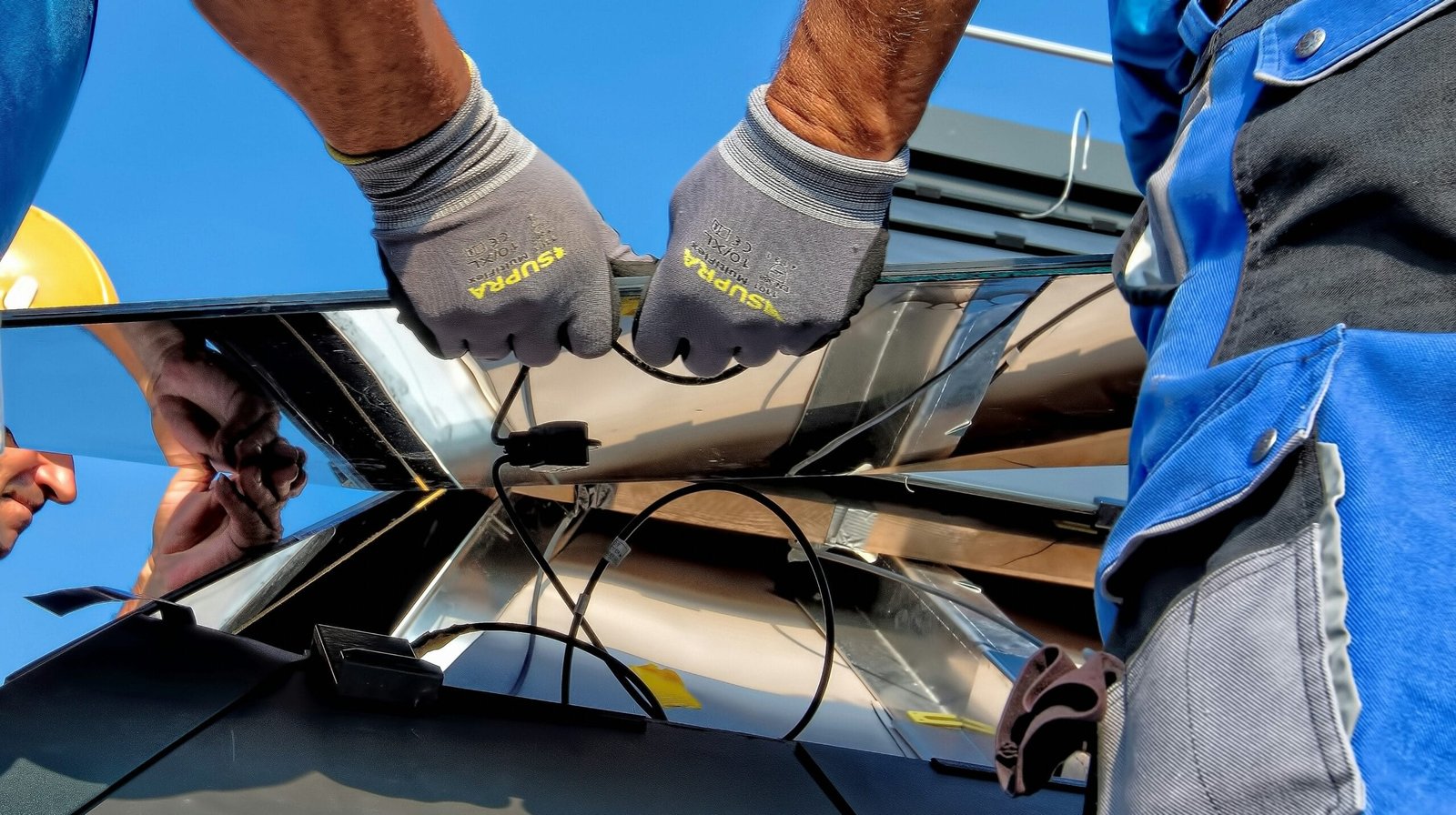I recently celebrated the tenth anniversary of my first smart home purchase. After buying my first set of smart bulbs, it was a matter of days before I set up my first smart home automation using openHAB. Since then, I’ve spent countless hours tinkering with my smart home.
Many of my smart home automations are incredibly useful and get fired on a daily basis. Not every automation turns out to be a hit, however. There are some smart home automations I thought I really wanted, but which quickly ended up being ignored or deleted.
5
Voice-Controlled Lighting
Star Trek: The Next Generation made it seem like voice control was how we’d all interact with computers in the 24th century. On the show talking to a computer looks like the simplest and most effective way to use technology. If you want to begin a level one diagnostic of the main power conduits, all you need to do is say “Computer” and then ask it to do exactly that.
The reality isn’t quite as good, however. Obviously I changed the wake word on my Echo devices to “Computer” as soon as I discovered that you could, and it was very exciting the first time I got my lights to turn on just by saying “Computer, turn on the lights.”
Once you get past the initial novelty, however, controlling your lights by voice soon loses its appeal. Turning the lights off at night with your voice saves getting out of bed, but if your partner is already trying to sleep, shouting at a smart speaker isn’t ideal. Speaking aloud to a smart speaker often just feels awkward, too, and seems far less natural than Jean-Luc Picard ever made it look.
I can’t remember the last time that I used a voice command to turn off the lights. The automations are still in place, but I should probably get rid of them at some point, as they just never get used.

Related
4
Welcome Home Announcements
To paraphrase Jeff Goldblum in Jurassic Park, sometimes with home automation, you’re so preoccupied with whether you could create an automation, you never stop to think if you should. This was definitely the case with welcome home announcements.
I spent far too long figuring out the best way to track the location of myself and my wife to determine when either of us arrived home. This was all so that when one of us walked in the door, Alexa could play a personalized welcome home announcement through the smart speakers by the front door. The first time I heard “Welcome home, Adam!” I was impressed that my hard work had paid off.
However, the novelty soon wears off. I found that if I was bringing the groceries in from the car, and it took more than one trip, I’d be welcomed home every time I walked back into the house. This was easy to fix by tweaking the automation, but it made me realize that being welcomed home over and over just isn’t that much fun.
Even with the fixes in place so that I’d only be welcomed home after a set period of time and only if I’d come from a reasonable distance from my house, I soon got bored of being welcomed home each time I stepped in the door. You can make things a bit more exciting by using AI to generate a new welcome home message each time, but sometimes you just don’t want it to say anything. It didn’t take long before I deactivated the automation, because there was just no real benefit to it.
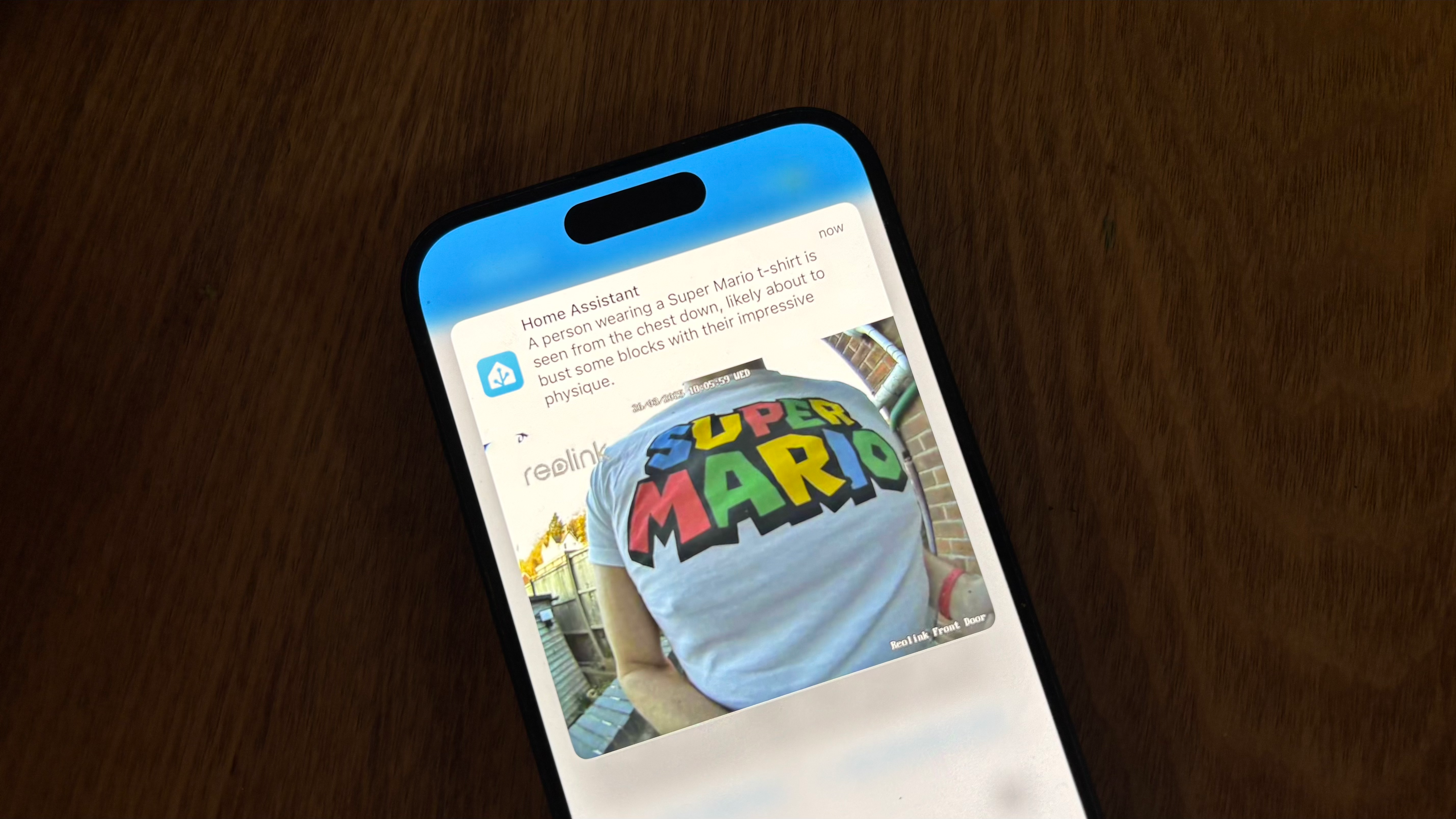
Related
How I Use Home Assistant to Describe Who’s At the Door Using AI
Get AI-generated descriptions of anyone your video doorbell detects.
3
Voice-Activated TV Controls
As well as setting up voice-controlled lighting, I also set up automations that would allow me to control my TV using voice commands. The main purpose was to quickly play or pause the TV using my voice, but I got carried away and added more and more commands, to the point where I could open different apps on my smart TV or turn to specific channels.
The automations worked fine, but as with my voice-controlled lighting, the idea of controlling my TV with my voice and the experience of using it in real life were two very different things. My thinking was that it would be useful to be able to say “Computer, pause TV” when I needed to go and get a drink or nip to the bathroom, without needing to reach for the remote. Somehow, however, saying that phrase out loud feels more cumbersome than just pressing the pause button on the remote.
After the first few times of trying to control my TV with my voice, I stopped using the voice commands at all, as even the simple play and pause commands felt awkward to use. Eventually, I removed the automations completely, and I haven’t missed them since. Instead, I made my own custom remote to control all my AV devices.
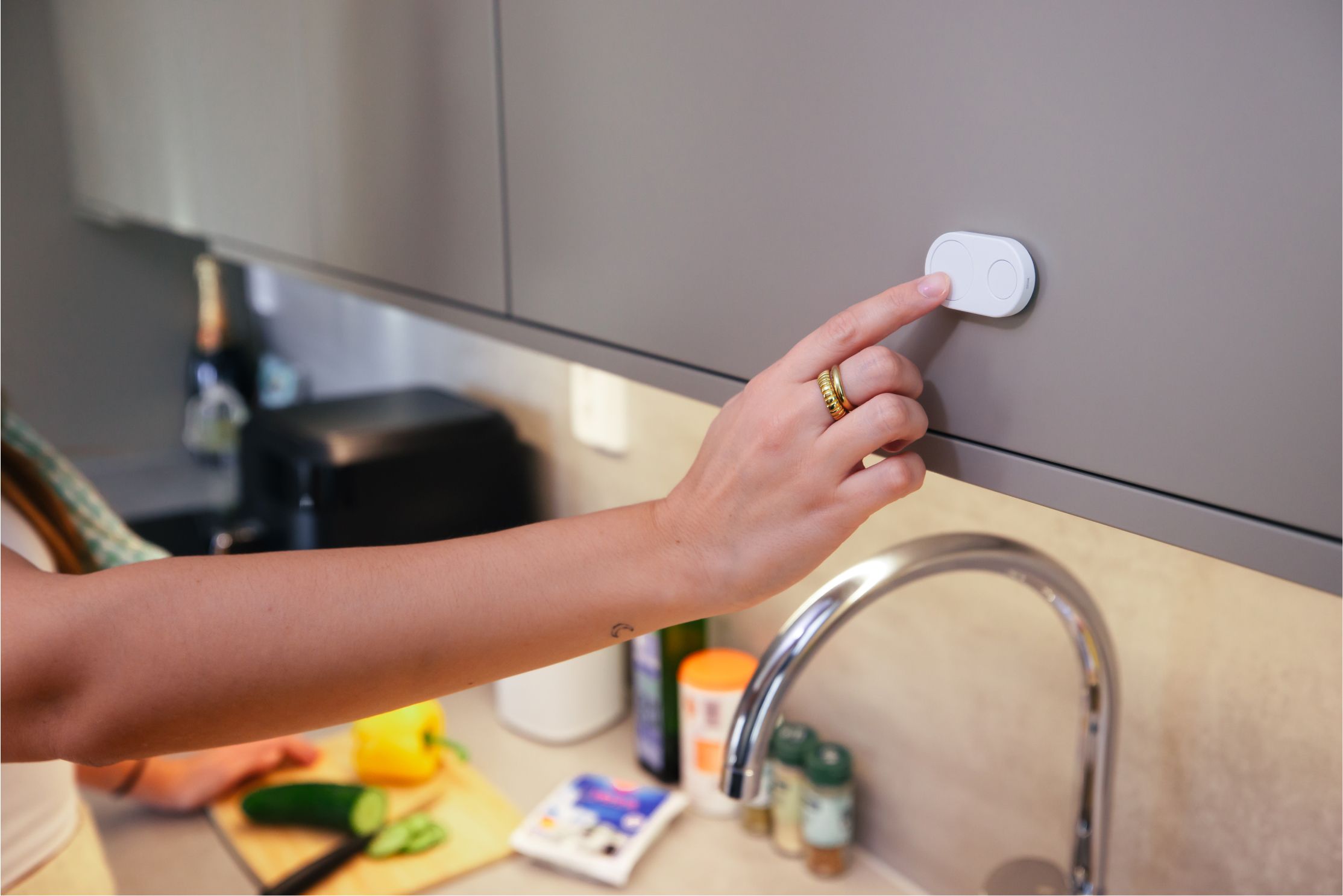
Related
7 Reasons You Need Smart Buttons in Your Smart Home
Sometimes a button is the best way to make stuff happen.
2
Location Tracking Announcements
Once I’d set up the location tracking necessary for the welcome home announcements, I wondered if I could use that information for other useful automations. I knew that it was possible to set up specific location zones, such as home and work, and to fire automations when people entered or left these locations.
I decided to set up an automation that would give an audible alert when my wife or I were detected as heading back towards home. For example, if I were detected as approaching home, my smart speakers would say “Your husband is on his way home,” with a similar announcement for my wife.
This seemed like it might be really useful; if we were waiting for the other person to get home before starting to make dinner, for example, then knowing that someone was on their way home would let us get a head start on the cooking. There were a few occasions when the announcement was genuinely useful, but the vast majority of the time, it was more of an annoyance.
It didn’t take long before I disabled the automation. Instead, I set up an iOS shortcut that sends a message to my wife saying that I’m on my way home, which I can trigger from the Today View on my iPhone. This is far more useful than my location announcements ever were.
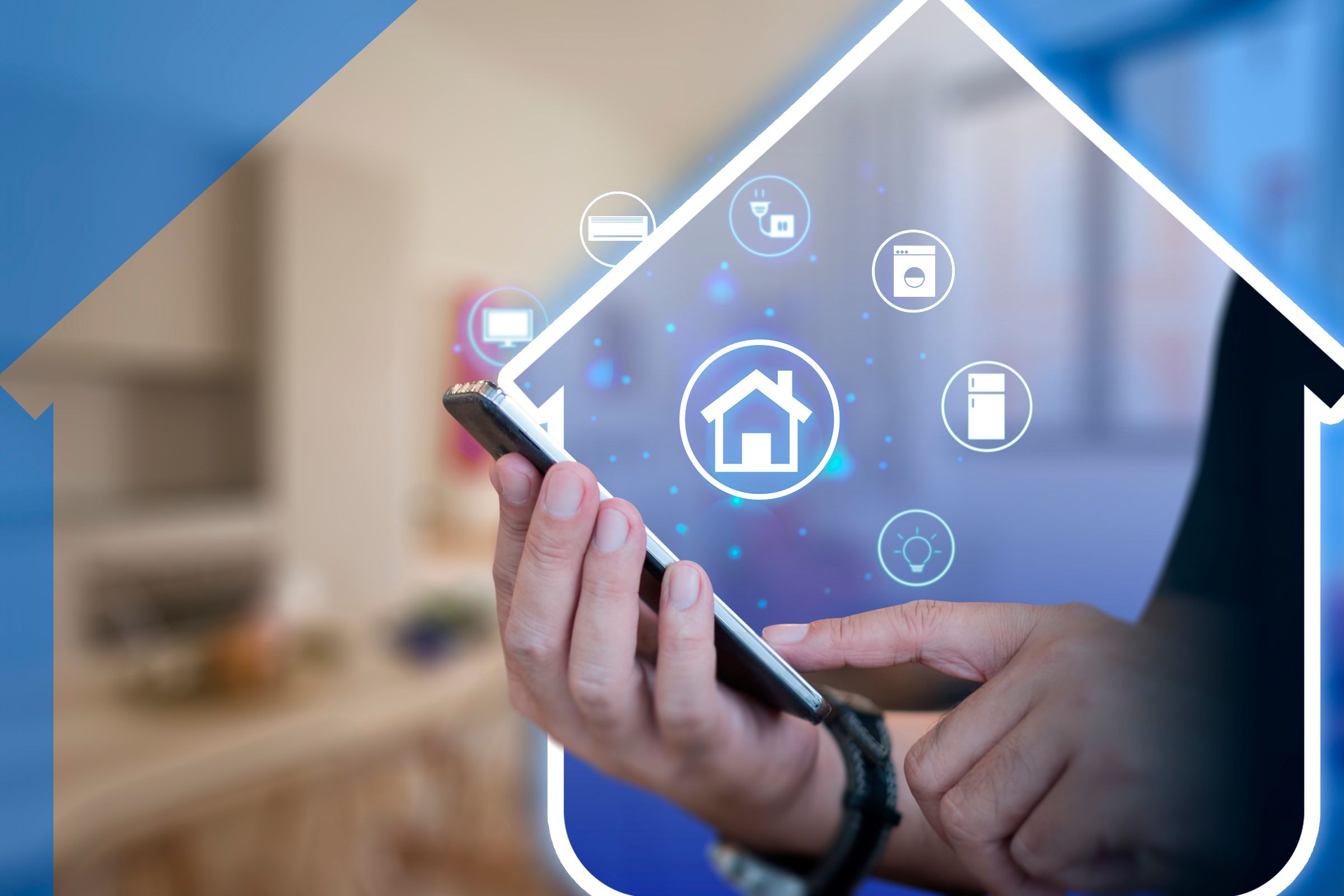
Related
6 Smart Home Automations That Feel Like Magic
Sometimes my smart home still makes me feel like a wizard.
1
Movie Night Scenes
This is another of the smart home ideas that seems like it should be great but turns out to be disappointing. A movie night smart home scene is often cited as an example of how you can create scenes using multiple smart home devices at once. For example, your movie night scene might turn out the lights, close the blinds, turn on the TV and surround sound system, and silence your notifications.
The concept seems good. With one action, you can set up your perfect environment for watching a movie. Viewing in the dark sounds like a great way to recreate being at the movies, but it just feels a little odd when you do it in your own home.
The biggest issue is that we tend to watch TV shows in the evenings and rarely sit down to watch a movie. The movie night scene isn’t ideal for watching shows, as a lot of the time we end up scrolling through our phones as we watch, despite our better judgment, and doing so in the dark isn’t that comfortable.
The rare times that we do watch a movie, we don’t usually want to recreate the exact feel of being at the cinema. We just want to sit and watch it, and turning off the lights doesn’t really improve the experience much. It’s another automation that just never got used and ended up being deleted.
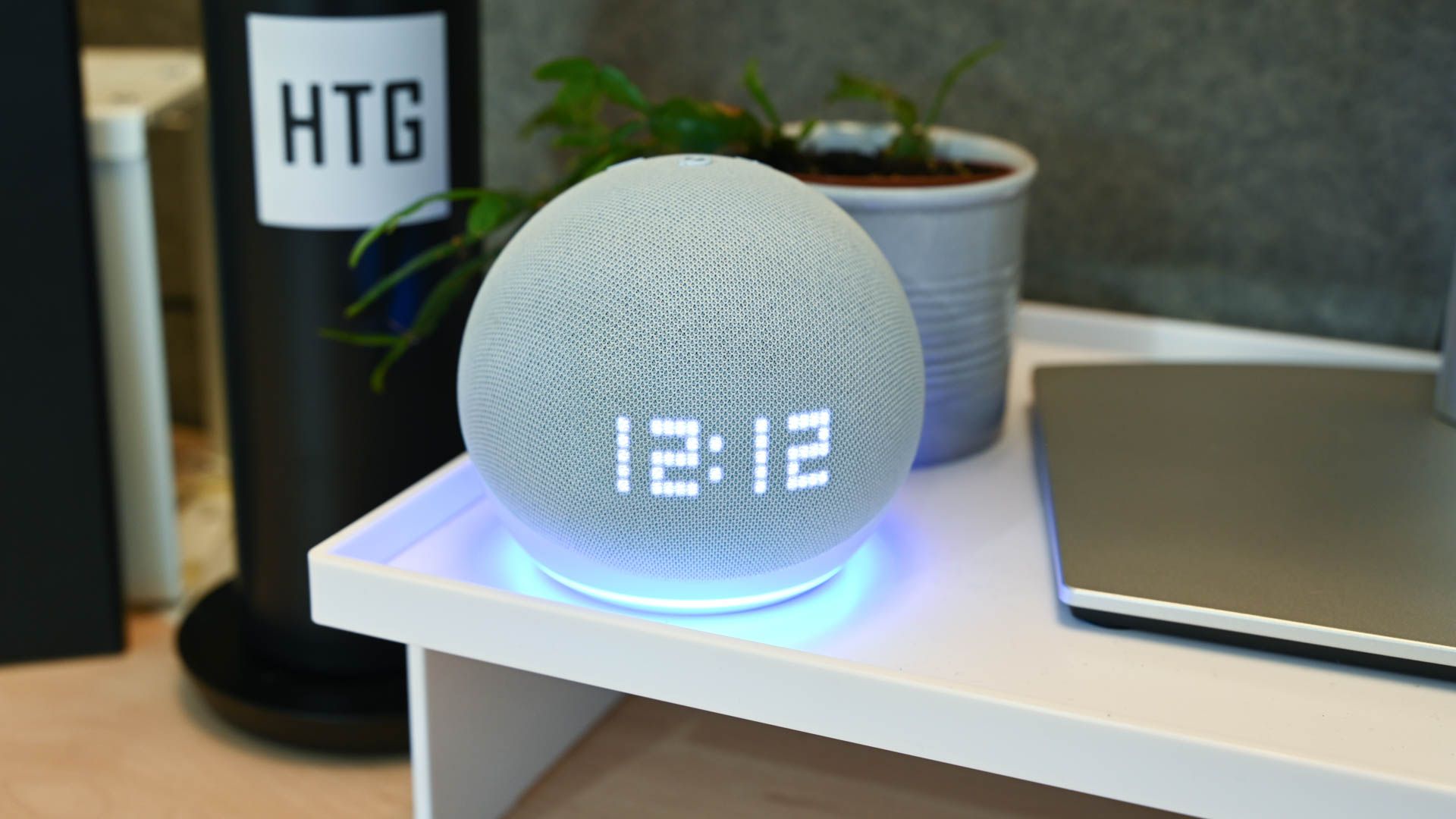
Related
7 Things That Drive Me Mad About My Smart Home (and My Fixes)
I love my smart home, but it can drive me insane.
Although many of my smart home automations have ended up unused or disabled, creating them hasn’t been a total waste of time. Even if the automations themselves weren’t that helpful, creating them has often taught me how to do things that have ended up being used in other, more useful automations.
It’s also taught me to prioritize what I work on a little more. I now tend to focus on the automations I really need first, rather than the ones that will have the biggest wow factor. Ultimately, however, even the automations I no longer use were fun to set up, and that’s one of the biggest reasons why I’ve spent so much of my time over the past decade tinkering with my smart home: it’s just a lot of fun.

